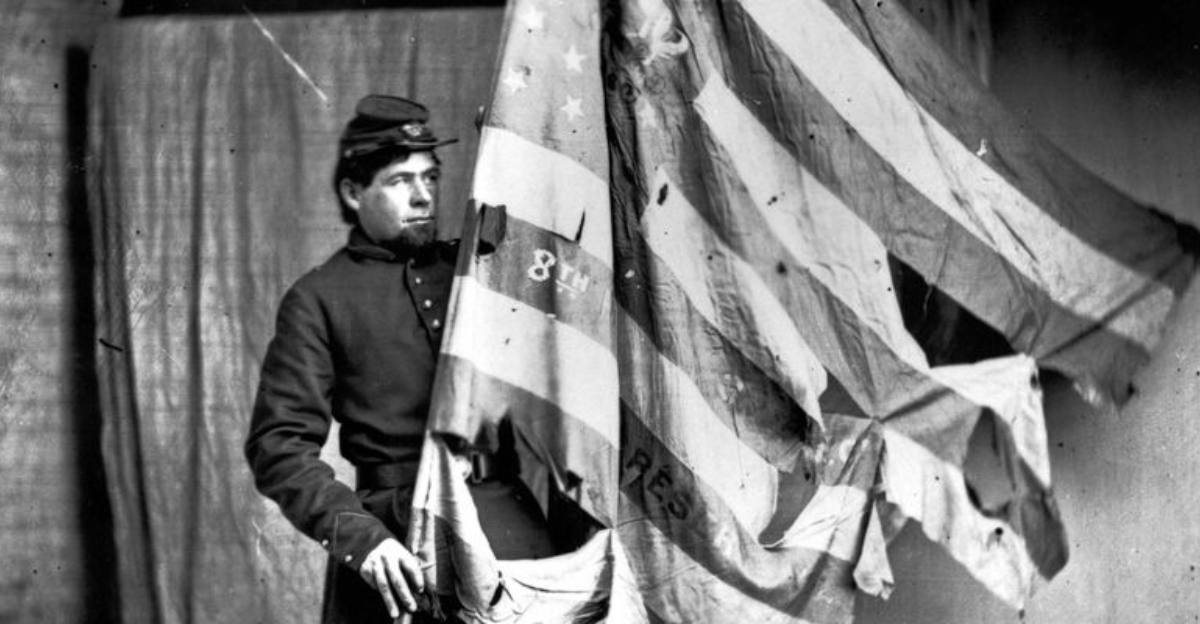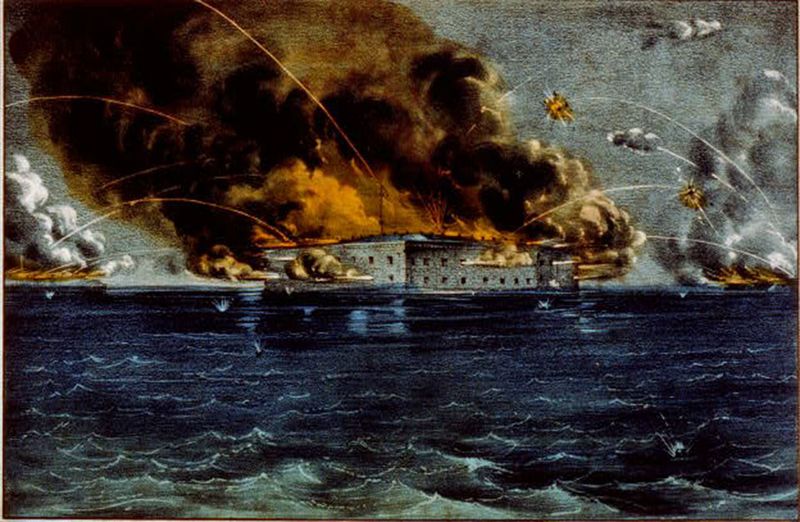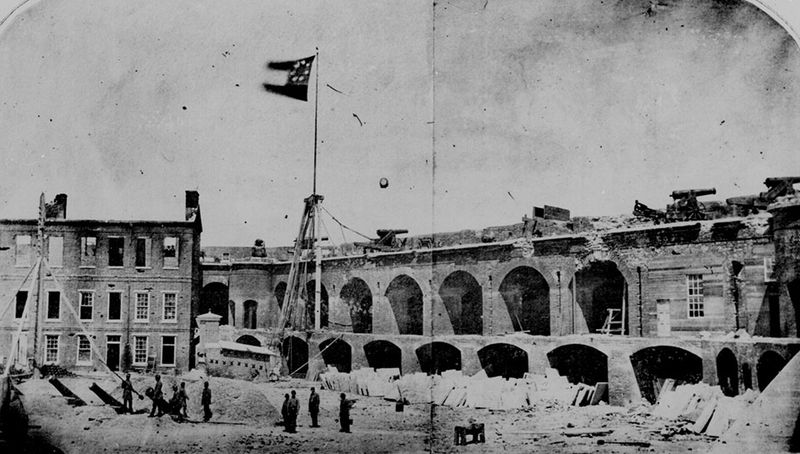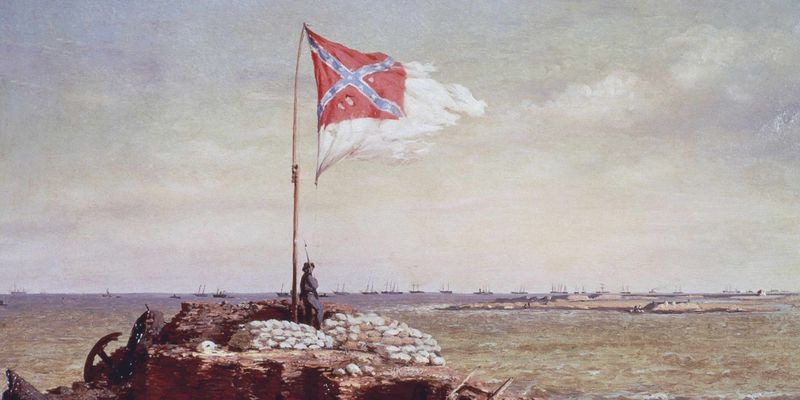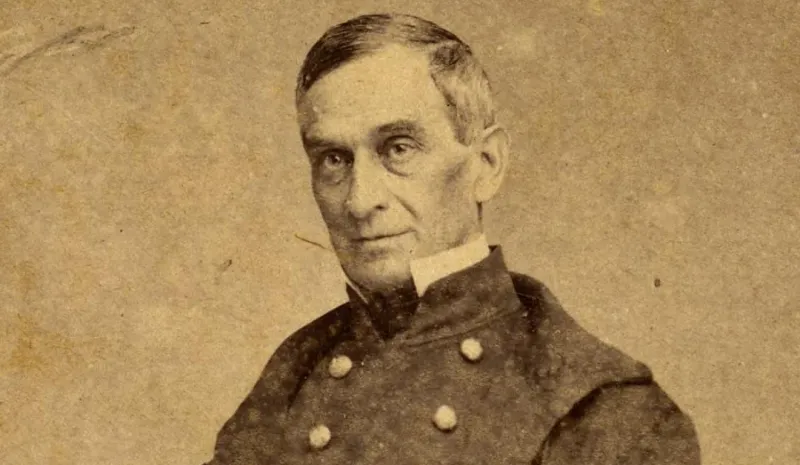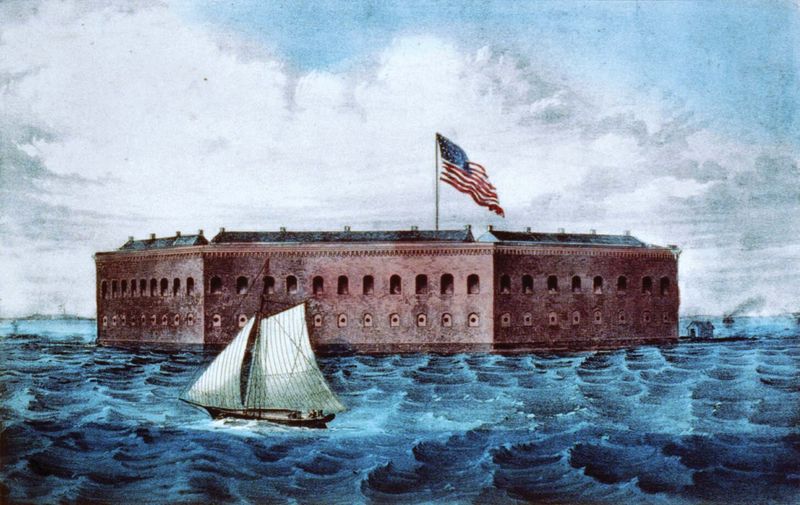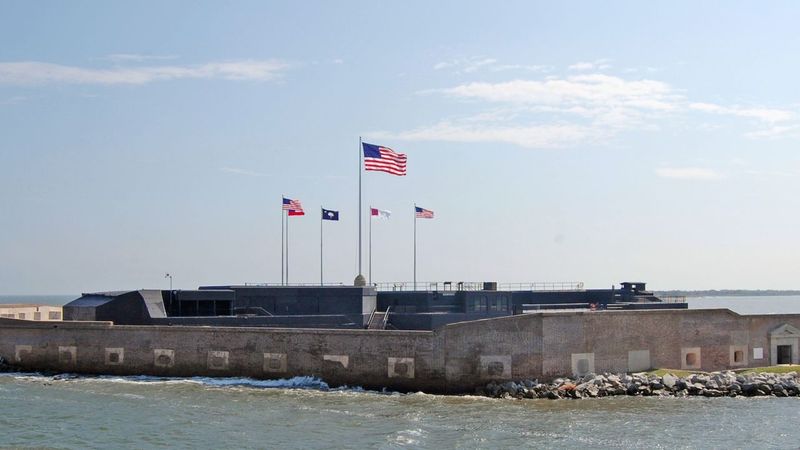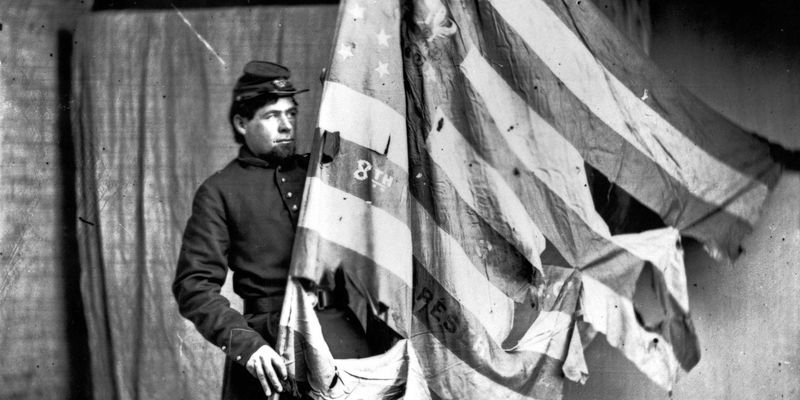The Battle of Fort Sumter marked the official beginning of the American Civil War, igniting tensions that had been simmering for years.
This key event, taking place in Charleston Harbor, set the stage for a conflict that would last for four grueling years.
Here are 10 compelling facts that highlight the significance and impact of this pivotal moment in American history.
1. The Tension Was Already Boiling
In December 1860, South Carolina seceded from the Union, triggering a cascade of departures by other Southern states. The tension between the North and South had been escalating for years over issues like states’ rights and slavery. With secession, the country teetered on the brink of war.
The atmosphere was charged, with political and social divisions deepening. As South Carolina led the charge, the nation faced an uncertain and volatile future.
2. Fort Sumter Became a Flashpoint
Fort Sumter, nestled in the heart of Charleston Harbor, stood as a Union-held fortress amidst Confederate territory. Its strategic location made it a symbol of defiance against Southern secession.
To the South, it represented Northern aggression and interference. To the North, it was a beacon of federal authority.
As tensions mounted, the fort’s significance grew, turning it into the flashpoint that would ignite the Civil War.
3. Abraham Lincoln Faced a Critical Choice
Newly elected President Abraham Lincoln, at the age of 52, faced the daunting decision of resupplying Fort Sumter or abandoning it. Resupplying could provoke war, yet abandoning it might signal weakness.
Lincoln’s leadership was immediately tested, forcing him to weigh political and military considerations. His choice would set the tone for his presidency and the nation’s future.
The decision was momentous, with the nation’s fate hanging in the balance.
4. The Confederacy Made the First Move
At the break of dawn on April 12, 1861, the Confederacy, under General P.G.T. Beauregard, began its assault on Fort Sumter. Cannons roared, echoing across Charleston Harbor, as the South took the initiative.
This marked the first shot of the Civil War, setting the North and South on a path to prolonged conflict.
The attack was swift, coordinated, and decisive, showcasing the Confederacy’s resolve and readiness for war.
5. The Battle Lasted 34 Hours
For 34 hours, cannonballs battered Fort Sumter, shrouding it in smoke and fire. The bombardment was relentless, yet remarkably, no soldiers perished during the actual assault.
Inside the fort, Union soldiers endured, their resilience tested by the continuous barrage.
The battle’s duration and intensity underscored the seriousness of the conflict, without yet foreshadowing the heavy casualties to come in later battles.
6. Major Robert Anderson Led the Defense
Leading the Union defense was Major Robert Anderson, a 56-year-old career military officer. With a small garrison, he faced overwhelming odds but demonstrated unwavering resolve.
Anderson and his men stood firm, representing Union determination in the face of Southern aggression.
Despite limited resources and support, Anderson’s leadership was a testament to the courage and dedication of those defending federal property.
7. The Union’s Surrender Became a Rallying Cry
When Major Anderson surrendered Fort Sumter, it did not signal defeat but rather ignited Northern resolve. The fall of the fort galvanized the Union, leading to a surge in enlistments.
The symbolic loss fueled public outrage and patriotism, serving as a rallying cry for those eager to defend the Union.
The surrender became a defining moment, transforming the fort’s fall into a call to arms for the North.
8. The South United Even Further
Following the battle, four more Southern states, including Virginia and North Carolina, joined the Confederacy. The attack on Fort Sumter solidified Southern unity, strengthening their collective resolve.
The Confederacy expanded, bringing more resources and manpower into its fold.
This sense of unity and shared purpose invigorated the South, setting the stage for a more unified and determined opposition to the North.
9. It Was a Symbolic Victory, Not a Major One
Though the battle’s scale was minor in military terms, its symbolic victory was immense. Fort Sumter’s fall marked the official start of the Civil War, a conflict that would reshape the nation.
The political ramifications were far-reaching, igniting passions on both sides.
The battle symbolized the North-South divide, emphasizing the ideological and political rifts that had been widening for decades.
10. The Civil War Had Officially Begun
The firing upon Fort Sumter marked the Civil War’s official commencement, the first step in a conflict destined to last four years. This cannon shot echoed across the nation, heralding an era of bloodshed and transformation.
The war tested the nation’s unity, resolve, and values, drawing lines that would shape its future.
Fort Sumter’s significance lay not in its military might but in its role as a catalyst for change.
